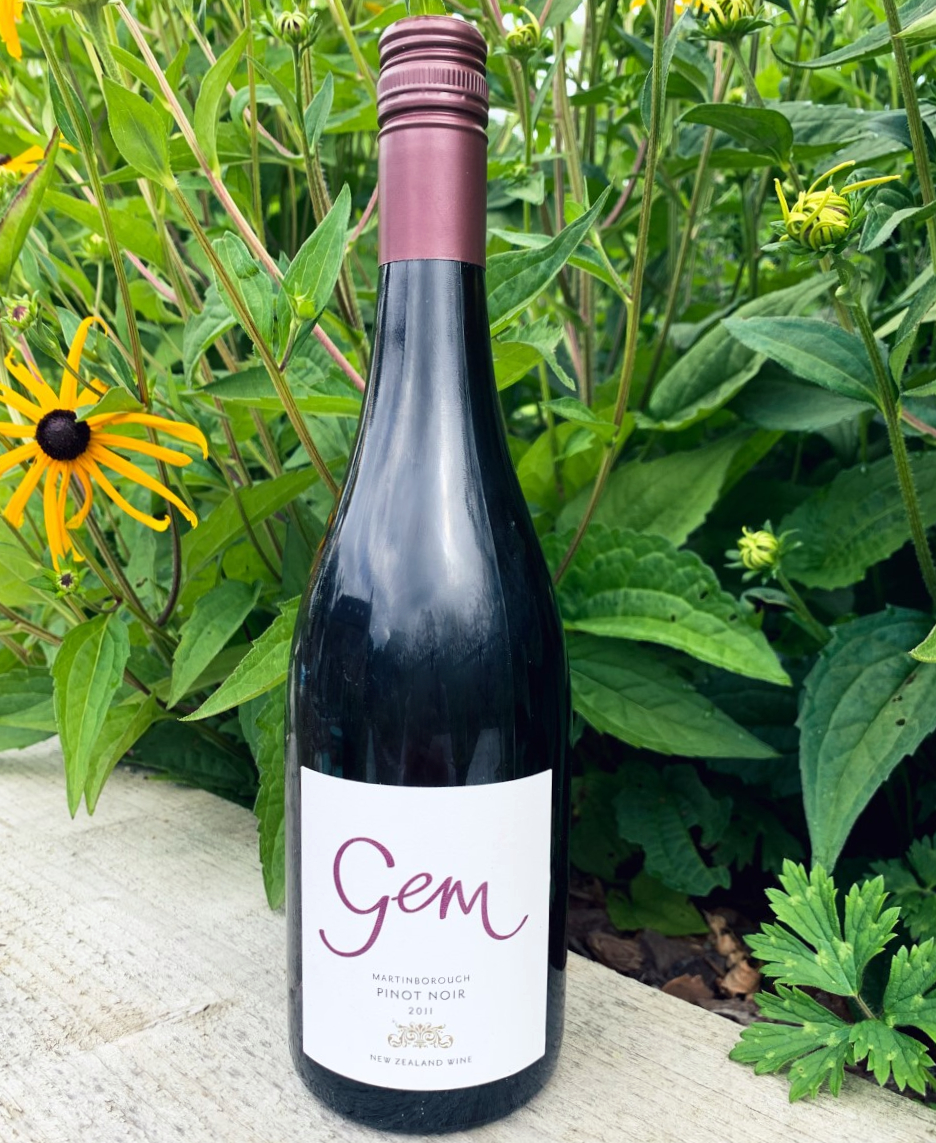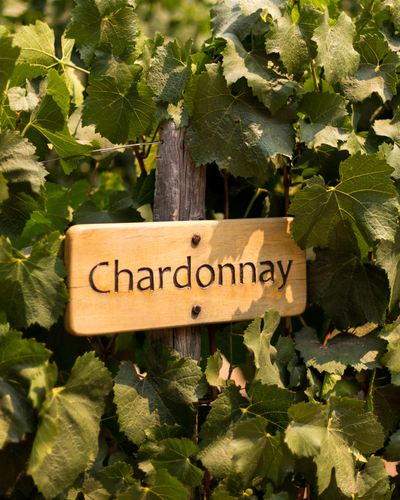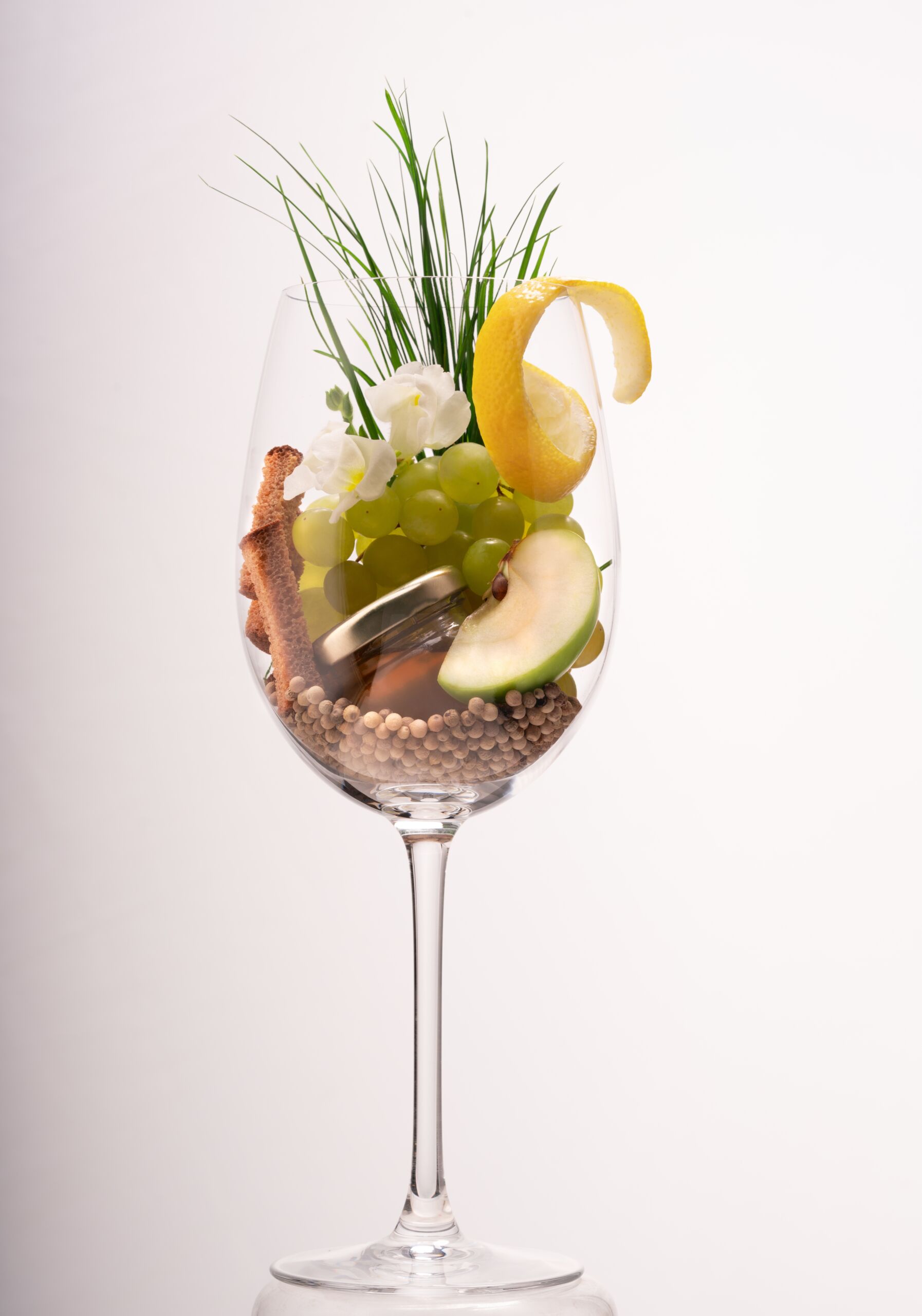If you like a Pinot Noir that has a bit of dynamism to it, look no further. This Gem Pinot Noir from Martinborough in New Zealand is just the ticket.
Based at the southern end of the North Island, Martinborough is one of the three main sub-regions of the larger Wairarapa region. It’s a small town, which was established in the 1800s as a service post for the surrounding farmland but wasn’t discovered as a prime site for viticulture until the 1970s.
In 1978, a scientific report compared the climate of the region with that of Burgundy in France and found that, like Burgundy, Martinborough enjoys warm summers, cold winters, and precipitation all year-round. In addition, the soil is, for the most part, made up of alluvial gravel: ideal for growing the quintessential Burgundian black grape, Pinot Noir.
As a result, a few pioneering vignerons began to buy land around Martinborough and plant it with vines. Despite being infamously difficult to grow, Pinot Noir was top of the planting list. It now makes up some 53% of the planting in the region. So move over, Burgundy, make way for Martinborough.
But if you’re ever lucky enough to visit Martinborough, don’t expect rolling acres full of vines – the region has only three per cent of all of New Zealand’s vineyards. Despite its modest acreage, it is still widely considered to be one of the country’s prime wine regions.
And our Wine of the Month shows why the wines of Martinborough are held in such high esteem.
Corey and Megan Hall established The Studio Wine Company in 2005 from where they produce their label Gem. Corey – who worked as a winemaker in Australia, France, California and New Zealand before setting up The Studio Wine Company – says:
“I couldn’t think of anything better than making wine. It’s not just the flavours, it’s the challenge of working with nature to craft such an amazing product that goes beyond being a beverage, to making a cultural statement.”
Grown on a single vineyard in Martinborough, the fruit for their Gem Pinot Noir was handpicked after an excellent growing season. After the berries were crushed and de-stemmed into small fermenters the must (the grape juice including skins and seeds) was allowed to soak for four days. After that, fermentation using indigenous yeasts began.
The fermenting must creates a thick layer of floating skins called a cap, which, if left alone, prevents the extraction of colour and tannins. To counter this, the cap was pushed down into the liquid using a hand-plunger twice daily. In addition, liquid from the bottom of the tank was pumped up and sprayed over the cap once at the height of the ferment. Upon completion of the primary ferment, the must was pressed into barrels, French barriques, 20% of which were new.
Malolactic fermentation (where tart malic acid converts to softer, creamier lactic acid) was allowed to take place. The wine was then matured for 12 months before bottling.
The result is a gem of a wine (excuse the pun), with cherry, currant, plum and raspberry aromas and flavours mingling together with toast, spice, and a hint of the forest floor.
The palate is supported by firm well-integrated tannins and soft acidity, making it an exceptional accompaniment to all kinds of game, lamb and beef: it’s also excellent with mature blue cheese.
It’s a wine made for sharing – as the producers say: “Gem wines are about special moments shared with friends and family, those times when you feel truly alive.”
By Maureen Little






